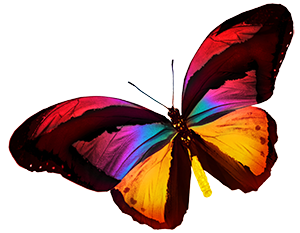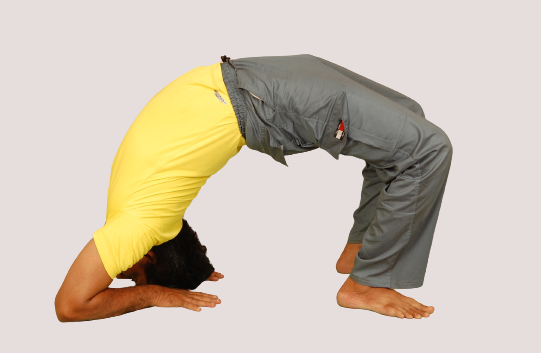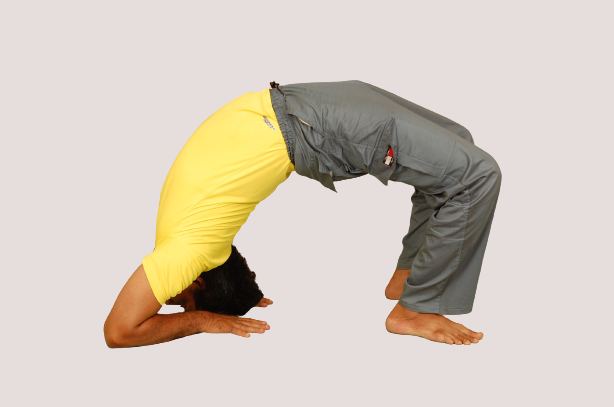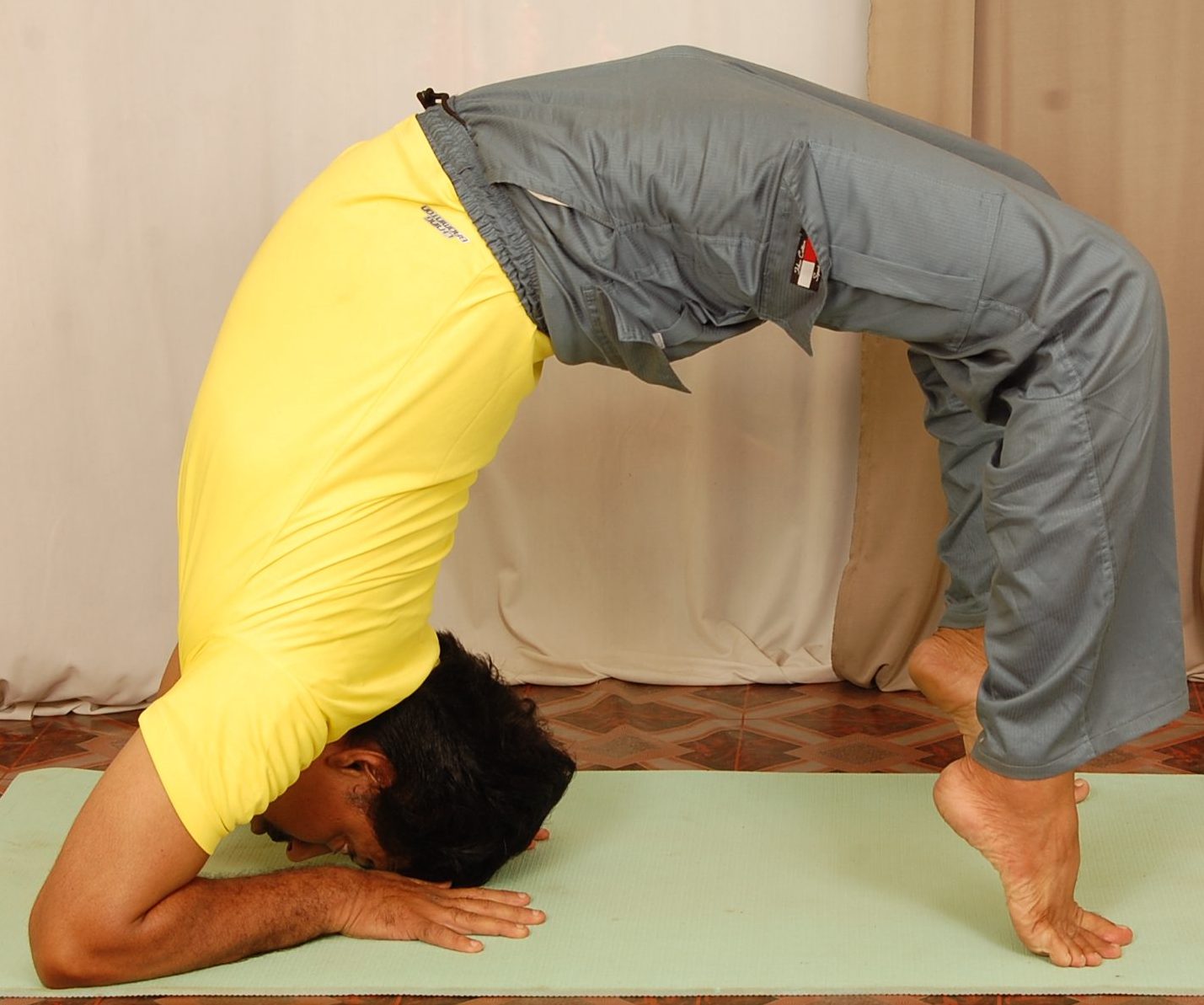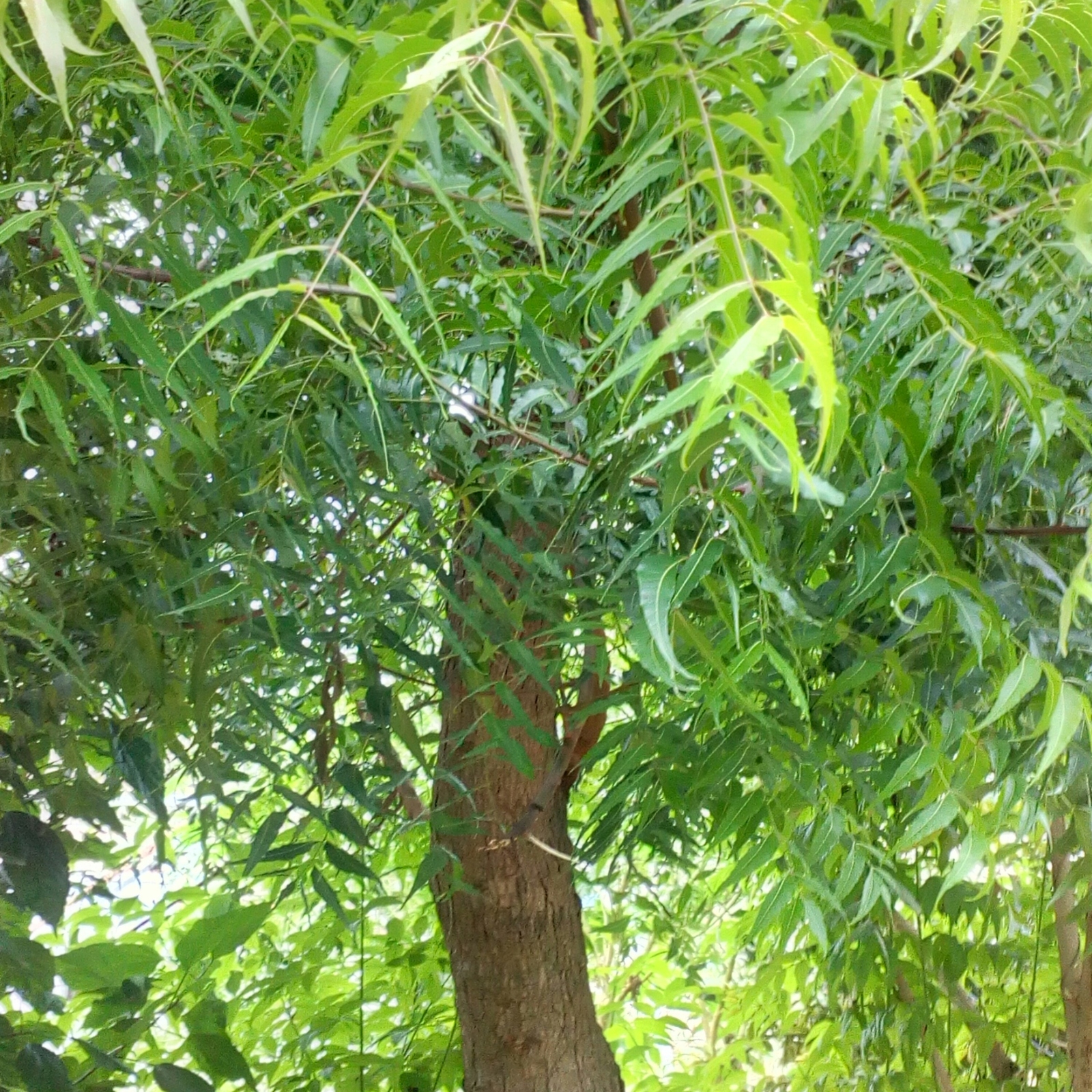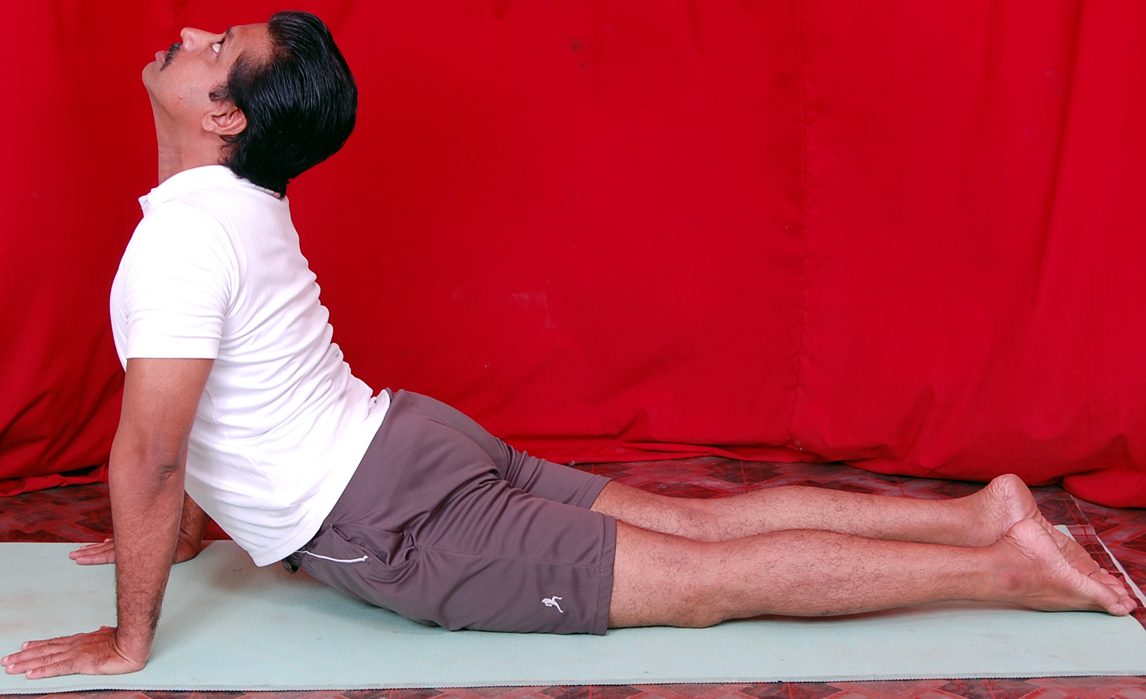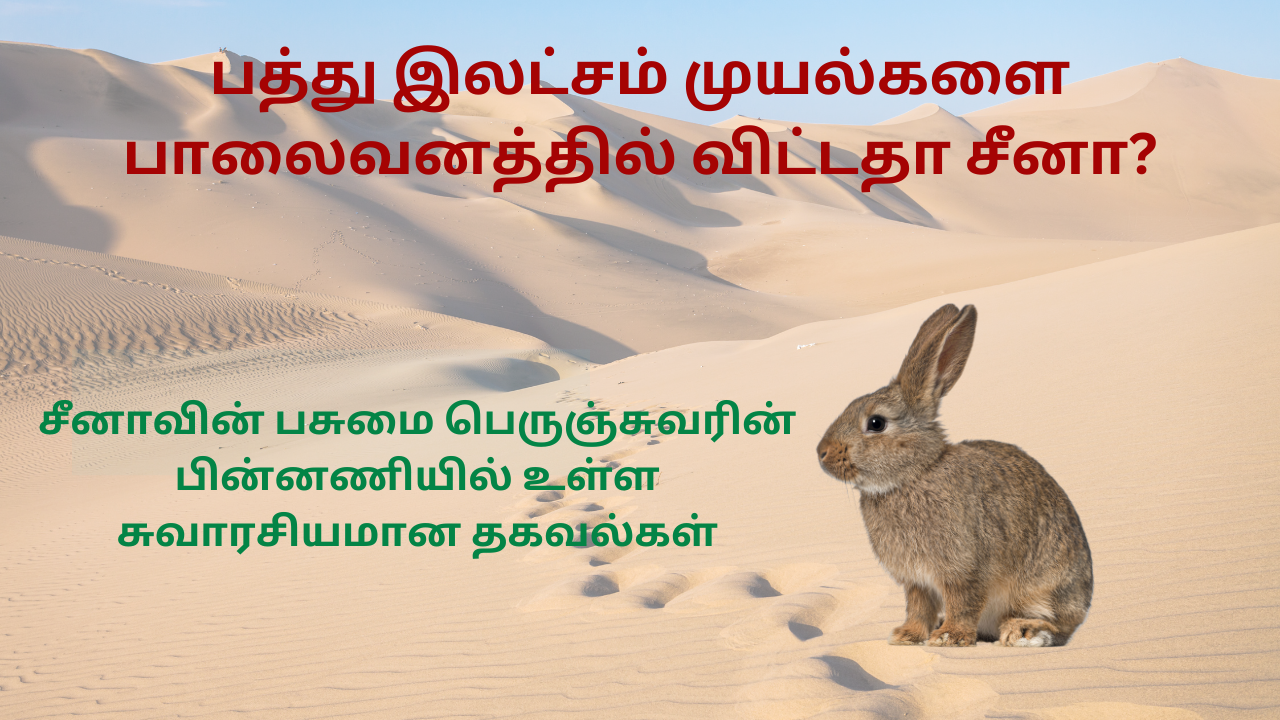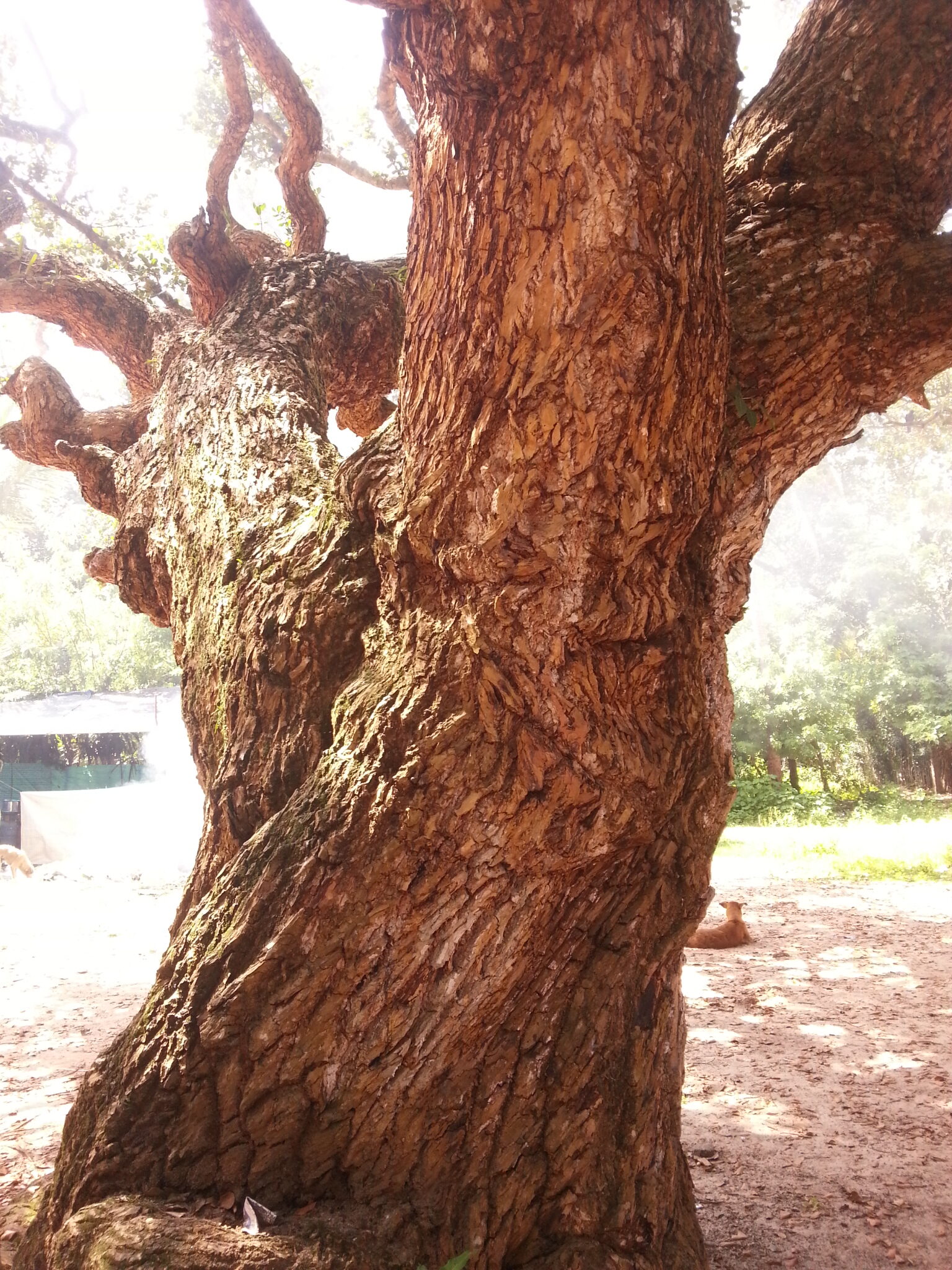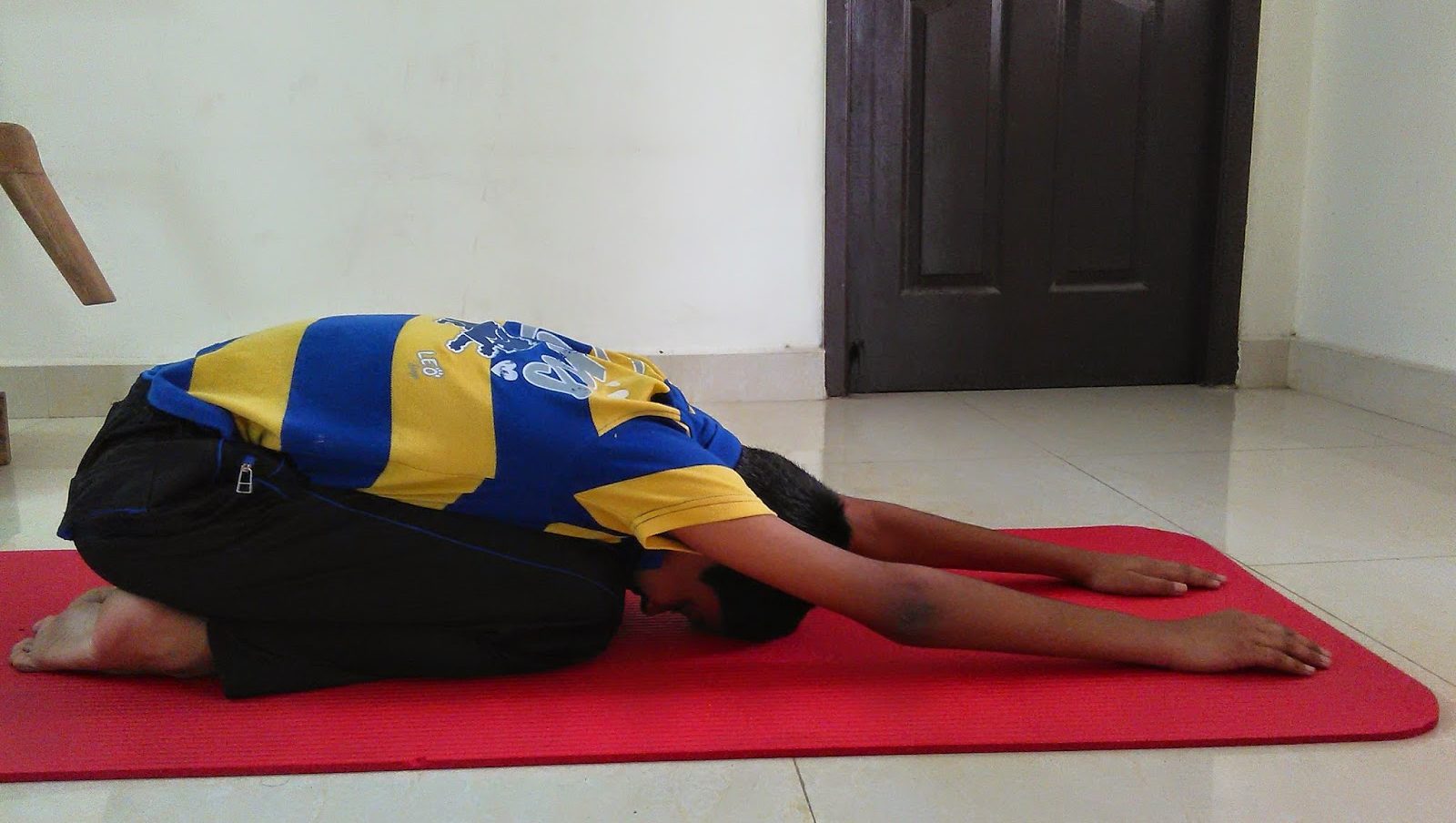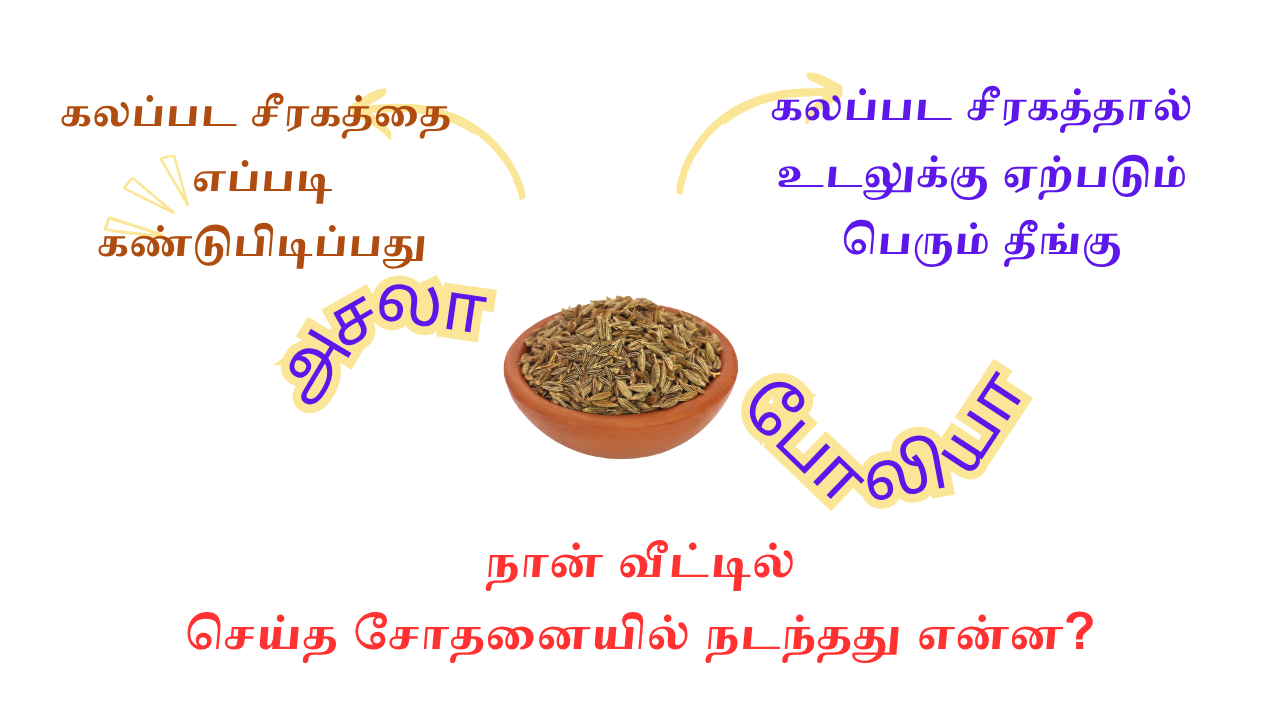Yesterday's post was about Four-Footed Pose, a variation of Bridge Pose. Bridge Pose on Elbows, which we are going to work on today is also a variation of Bridge Pose. The pose is called Dhva Pada Dhanurasana in Sanskrit. 'Dhva' means 'both', 'pada' means 'leg' and 'foot' and 'dhanur' means 'bow'. The pose can also be considered a variation of Bow Pose.
Bridge Pose on Elbows stimulates all 8 major chakras. Contrary to common belief, there are 8 major chakras. In one of our earlier posts, we have written about 8 major chakras. Visit this page for the post on 8 major chakras.
Since all eight major chakras are stimulated, the functions of the body is at its optimal best. The pose also supports complete physical and mental health.
Other Benefits of Bridge Pose on Elbows
- Stretches the spine and improves spine flexibility
- Back muscles are strengthened.
- Stretches the neck and shoulders
- Promotes overall flexibility
- Regulates functions of all glands and supports overall health
- Energizes the whole body
- Strengthens shoulders and hands
- Promotes thyroid function
- Strengthens lungs and relieves respiratory disorders
- Regulates blood pressure levels
- Boosts heart health.
- Promotes flexibility of hips
- Relieves excess fat in hips, stomach and thighs
- Boosts functions of reproductive organs; aids in curing infertility
- Improves functions of abdominal organs
- Relieves menstrual problems; aids in curing menopausal problems
- Strengthens leg muscles
- Joints get strengthened.
- It is an effective yoga pose for insomnia
- Boosts memory power
- Improves concentration
- Practicing the pose helps to relieve stress.
- Promotes calm
Step-by-Step Guide
- Lie down on your mat with hands by the sides. Bend your legs and place your feet on the floor. The ankles should be aligned with the knees.
- Raise your hands over your head. Bend your hands and place your palms on the floor by the sides of the head with the fingers pointing the shoulders.
- Inhale, place your palms and feet firmly on the ground and raise your hips off the floor.
- Place your head on the floor, bend your hands and place your forearms on the floor close to your head.
- With the forearms firmly placed on the ground, stretch your neck further backwards and place your forehead on the floor.
- Hold the pose for 30 seconds. To release the pose, lower your body to the floor and stretch your hands and legs.
Note
Those with severe problems in shoulders, neck, hips and spine should refrain from practicing Bridge Pose on Elbows.
In case of difficulty in lifting the hips, a yoga block can be placed under the hips.
To deepen the pose, you may lift your heels off the floor with the toes on the ground.
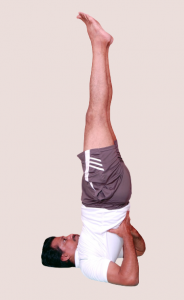
Yoga Pose for Day 90 - Shoulder Stand (Sarvangasana)
Shoulder Stand is called Sarvangasana in Sanskrit. 'Sarva' means 'all' and 'anga' means 'body parts'. This pose involves holding the weight of the body in shoulders and head. Shoulder Stand is called the Queen of all Yoga Poses.
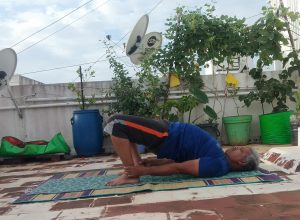
Yoga Pose for Day 88 - Four-Footed Pose (Chatush Padasana)
Four-Footed Pose is a variation of Bridge Pose. The pose is called Chatush Padasana in Sanskrit. The term 'chatush' means 'four' and 'pada' means 'foot' and 'leg'.
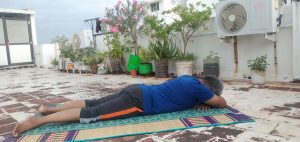
Yoga Pose for Day 87 - Crocodile Pose (Makarasana)
It will be no surprise if you feel compelled to immediately try the pose. Such is the relaxation one gets the very moment watching a practitioner perform Makarasana, as Crocodile Pose is called in English. 'Makara' means 'crocodile'.
